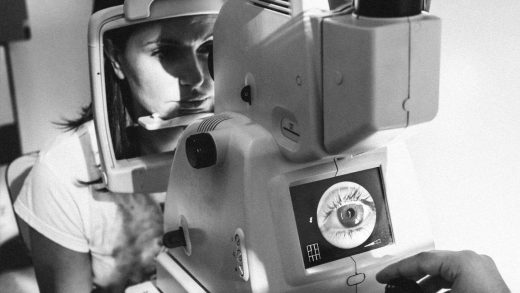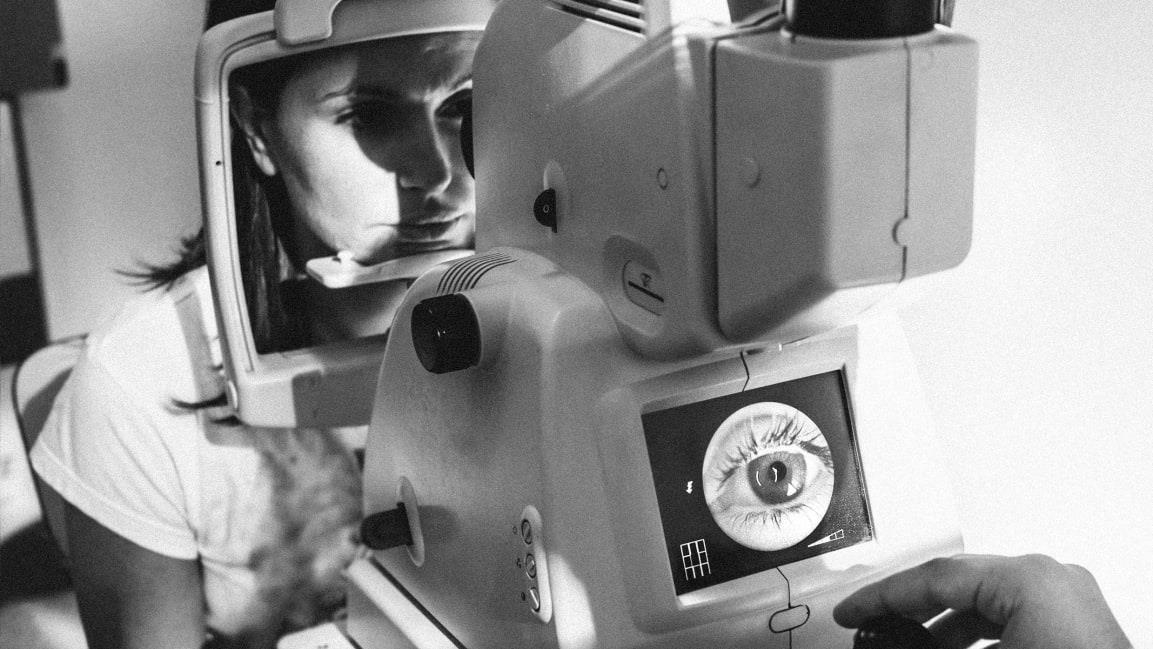Better-educated, higher-paid workers will be “most affected” by AI, per new study
When it comes to automation, many experts believe that the most vulnerable are the most vulnerable.
That is, the jobs that are in the greatest danger of being disrupted, if not altogether displaced, by machines are occupied by blue-collar and front-line service workers—those in “lower- wage, lower-education roles” who perform rote tasks, as a report from the Brookings Institution framed it earlier this year.
But a new study from Brookings, being released today, challenges this assumption, at least as it pertains to artificial intelligence. “White-collar, well-paid America—radiologists, legal professionals, optometrists, and many more—will likely get no free pass,” it asserts.
In fact, Brookings says, “better-educated, better-paid workers will be the most affected” by AI.
This modified view is based on a novel research technique developed by a Stanford PhD student in economics named Michael Webb, who built his own algorithm to compare language from 16,400 AI patents with the specific words used to describe 769 different jobs in the government’s official occupational database, known as O*NET.
For example, Webb unearthed verb-object combinations in patents related to marketing that included “measure, effectiveness”; “analyze, data”; “identify, markets”; and “monitor statistics.” To a considerable extent, these terms mirror those found on O*NET to explain what a marketing specialist does. Among them: “measure the effectiveness of marketing, advertising, and communications programs and strategies,” “collect and analyze data on customer demographics, preferences, needs, and buying habits to identify potential markets,” and “monitor industry statistics and follow trends in trade literature.”
Such a high degree of overlap between the two sets of texts indicates that AI is poised to have a significant impact on a particular occupation.
In all, according to Brookings, some 25 million workers in the U.S. stand to be touched the most by AI. That’s about 15% of the nation’s labor force.
In addition to marketing specialists, the jobs where AI is expected to make the furthest inroads in the foreseeable future are sales managers, computer programmers, and personal financial advisers. Across these four fields, workers earn an average of $104,000 a year.
Employees with bachelor’s degrees are seven times more exposed to AI than those with just a high school diploma, Brookings says. And Asian-American and white workers look to be far more subject to the changes brought by AI than are Hispanics or African Americans.
It’s important to note that these latest findings do not negate the previous warnings about the pressures bearing down on many of the 100 million or so Americans who earn $40,000 or less a year. Yet whereas past research by Brookings and others has tended to lump together “automation” into one big bucket, Webb’s methodology has the virtue of separating AI from other advances that threaten less-educated, lower-skill employees—robotics for those in production jobs and non-AI software for those doing routine clerical and service work.
‘A transition for all of us’
By exploring each of these areas more discretely, it becomes clear that “emerging technologies involve every part of the labor market,” says Mark Muro, a senior fellow at Brookings who coauthored the new study. “There will certainly be a transition for all of us.”
One reason that Webb’s approach is so intriguing is that it utilizes AI, including natural language processing, to examine AI. As a result, Brookings says, “we are able to rely fully on statistical associations as opposed to relying in large part on expert prognostications.” Webb agrees that capturing information from patents is “more objective” than asking a bunch of academics or think-tank types “what they think AI can do.”
All that said, Muro and his colleagues stress that AI is a “moving target” since computers are constantly gaining new forms of “intelligence”—planning, reasoning, problem-solving, perceiving, forecasting, and “learning” by gleaning statistical patterns within huge pools of data. “Much more inquiry—qualitative and empirical—is needed to tease out AI’s special genius,” they write.
Even with the insights provided by Webb, Brookings also takes care not to speculate on how AI will reshape the world of work. AI might eat a ton of jobs. But many, or even most, AI applications could wind up needing a person to work in tandem with the technology. And AI might give rise to new occupations that require the intervention of human hands—and brains.
“Nobody knows how this will play out,” says Tom Mitchell, a professor at Carnegie Mellon University and a pioneer in machine learning. “It’s a wild card.”
Muro, for his part, is somewhat optimistic. He believes that for now, anyway, AI can be “more of a complement to white-collar workers . . . since with their higher education levels, they are better equipped to roll with change.”
But Webb is less sure about that. By drawing on older patent filings in robotics and software and matching them against O*NET, he has conducted something of a “back test” for his model. The upshot: For those job descriptions where there was substantial commonality with the language found in the patents, “we saw quite large declines in employment and wages” from 1980 to 2010, Webb says.
Given this precedent, he adds, “I definitely think we should take seriously that there could be substitution at the top end” of the job market, with AI replacing a good number of workers.
James Bessen, executive director of the Technology & Policy Research Initiative at Boston University School of Law, has tracked a similar scenario in the Netherlands. The Dutch, as it turns out, maintain an extraordinarily rich database of how much individual companies spend on all sorts of automation, making it possible to measure what has happened to workers at firms where lots of new technology has been introduced since 2000, as compared with those at firms slower to make this kind of move.
Sometimes customers crave the human touch
In a paper published last February, Bessen and three other scholars show that although automation in the Netherlands hasn’t translated into mass layoffs, it has gradually made a mark, increasing the chances that employees will leave their jobs and reducing how many days they work, lowering their annual earnings 11% over five years.
Just as Webb has suggested, the study also discovered that lower-skill workers are no more likely to be displaced by “automation events” than are higher-skill workers. “It affects managers as well as those on the assembly line,” Bessen says.
Anthony DeLima is watching the same trends unfold in real time. As the head of digital transformation for Neoris, DeLima advises a host of major corporations on how best to deploy new technologies. “Everything that’s a repeatable task,” whether it’s picking items in a warehouse or manually collecting and processing data, is already well on its way to being taken over by machines, he says. Meanwhile, higher-skill positions aren’t far behind in being upended by AI.
But this doesn’t mean that all of the workers doing these jobs will be let go. Rather, DeLima says, “what seems to be holding” at his clients is what he calls “the one-third rule.” A third of employees hit by automation are being moved to other functions. A third are being trained to work safely and efficiently alongside a new machine (in the case of factory workers) or to tap AI to augment thinking, predict business outcomes, and be more effective in their jobs (in the case of knowledge workers). And a third can’t make the leap—or aren’t being given the chance.
“The transformation is either too fast to learn new skills or too complex,” DeLima says. “There’s not a home for them.”
One place where the give-and-take of AI can be seen is Nsure.com, a digital insurance agency that helps customers buy the right home and auto coverage. By using AI, Nsure says it not only digs out the cheapest quotes from among more than a dozen carriers but it mines a range of databases to offer up just the right product, so that people aren’t left underinsured or overinsured.
Launched last summer, Nsure has grown quickly, selling insurance to more than 3,500 consumers. Originally, the company had a small staff of customer service representatives to answer questions about its website but not any licensed insurance agents. “We started with a plan to hire zero,” says Kuba Skalbania, Nsure’s chief technology officer.
But within a few months, the company realized that between 5% and 10% of its customers were eager for a call back from an actual insurance agent. “What they want is to talk to a real person,” Skalbania says. “An AI-powered online interface proved not enough.” Nsure has now hired three agents—far fewer than a traditional insurance business handling its volume would have but not zilch.
Evidently, having humans around—a few of them anyway—can be a feature, not a bug.
(13)



